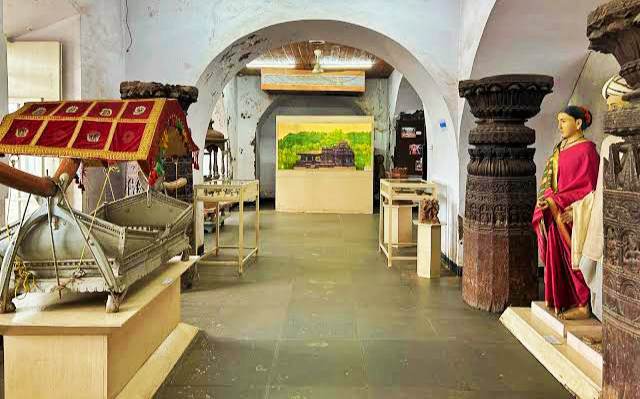
The Goa State Museum, also known as the State Archaeology Museum, is one of the most important repositories of Goan art, heritage, and history. It showcases the rich cultural traditions, religious diversity, and colonial past of the state. It is located in Patto Colony, Panaji, the capital city of Goa. Below is a detailed account of its historical history:
1. Foundation and Establishment
- Year Established: Initially set up in 1977.
- Official Inauguration: The museum was formally inaugurated in June 1996 in the new building at Patto.
- Administered by: Directorate of Archives and Archaeology, Government of Goa.
The early collection started within the Secretariat Building (now Adil Shah Palace) before moving to the new dedicated museum complex at Patto.

2. Location and Architecture
- Address: EDC Complex, Patto, Panaji, Goa 403001.
- Building Style: Modern structure designed to facilitate cultural exhibitions.
- Spread Over: Multiple galleries across two floors with ramps and wide spaces for easy movement.
3. Purpose and Significance
- Preserve Goan cultural artifacts.
- Educate the public and future generations.
- Promote tourism and academic research in history and heritage.
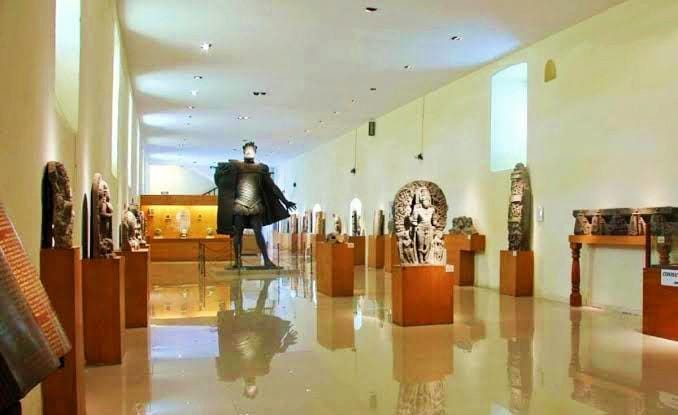
4. Collections and Exhibits
The museum is home to more than 8,000 artifacts. Its vast and diverse collection spans:
a) Ancient Sculptures and Carvings
- Hindu deities, Jain sculptures, and Portuguese-era Christian relics.
- Significant: Bronze statue of Lord Vishnu, 4th-century antiquities.
b) Numismatics Gallery
- Ancient to modern coins, including Portuguese and pre-Portuguese periods.
- Rare Indo-Portuguese coins and paper currency used in Goa.
c) Furniture & Woodwork
- Colonial furniture, carved doors, altars, and sacred church objects.
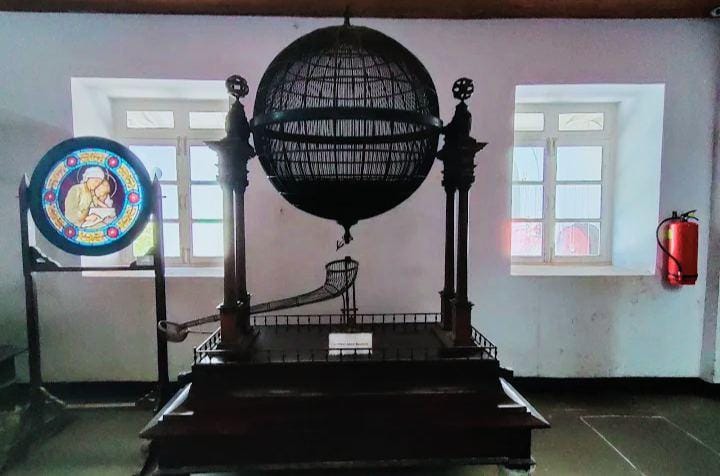
d) Portuguese Era Artifacts
- Portraits of Portuguese viceroys, legal documents, and navigational tools.
e) Religious Art
- Idols from different religions: Hinduism, Christianity, Jainism, and Islam.
f) Freedom Movement Gallery
- Rare photos and literature documenting Goa’s liberation movement (pre-1961).
- Posters, letters, and protest material from freedom fighters.
g) Manuscripts and Rare Documents
- Palm-leaf manuscripts, copper plate inscriptions, and old legal papers.
h) Contemporary Art & Photography
- Modern Goan artists’ works displayed to support evolving local culture.
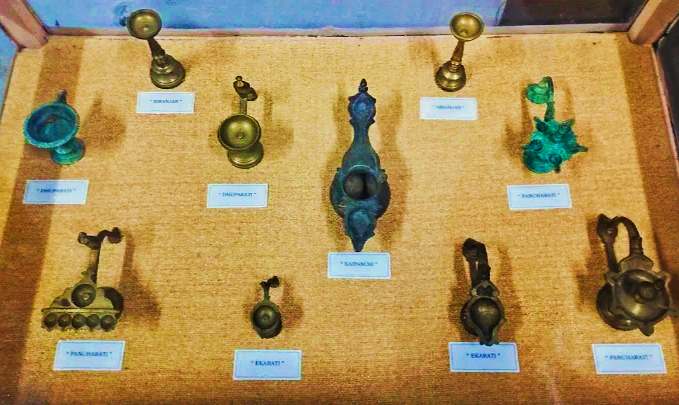
5. Role in Preserving Goan Identity
The museum plays a vital role in:
- Showcasing Goa’s multi-religious and multicultural identity.
- Documenting Goa’s Portuguese colonial era and pre-colonial heritage.
- Educating locals and tourists about the Goan freedom struggle.
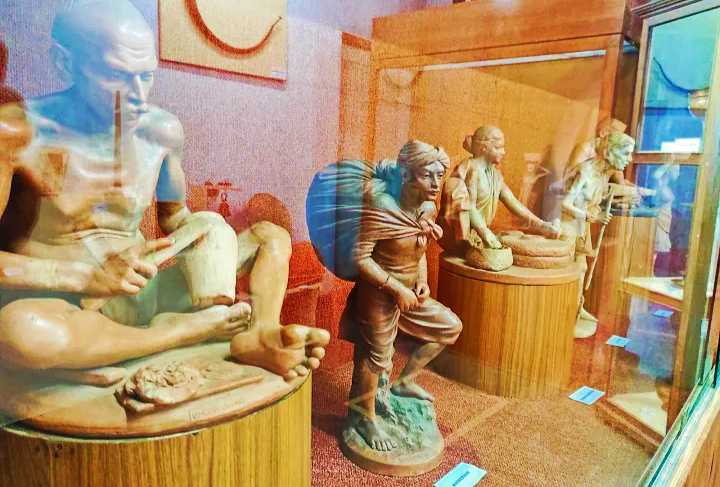
6. Modern Updates
- Digitalization of records and catalogs.
- Newer galleries on environmental conservation and Goan folk culture.
- School outreach programs, cultural workshops, and exhibitions.
Conclusion
The Goa State Museum is not just a building filled with artifacts; it is a living reflection of Goa’s complex and layered history—from prehistoric times to its Portuguese colonial past and post-liberation identity. It stands as a guardian of Goa’s tangible and intangible heritage, connecting visitors to the soul of the land through its diverse exhibits. Whether you’re a history lover, student, or tourist, this museum offers a deep and enlightening experience into what makes Goa unique beyond its beaches and nightlife.








Add comment